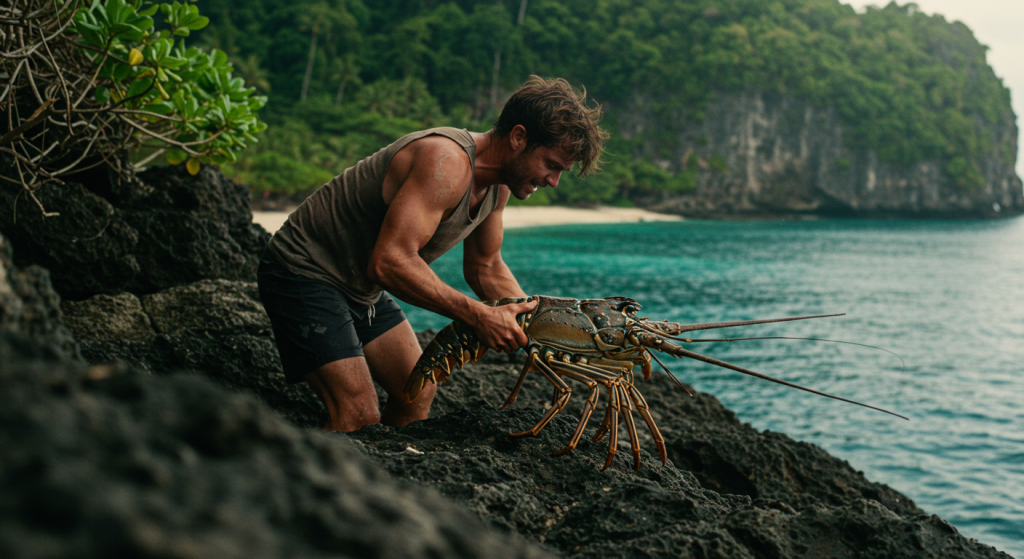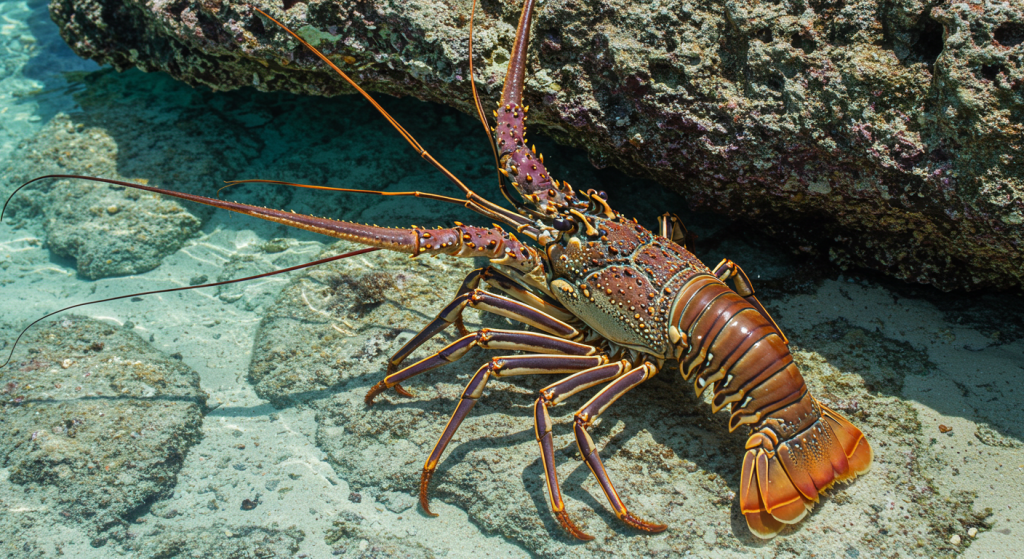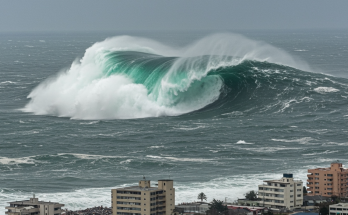Imagine crystal-clear turquoise waters, the scent of salt in the air, and the promise of a feast from the sea. On many tropical islands, the ocean isn’t just a backdrop; it’s a pantry, and among its most prized treasures are the giant lobsters that inhabit the reefs and rocky shores. Catching these magnificent crustaceans for food is an age-old tradition, a blend of skill, patience, and deep respect for the marine environment.
Unlike their cold-water cousins, tropical lobsters (often spiny lobsters) lack the large claws but boast substantial tails packed with sweet, succulent meat. They thrive in the warm, shallow waters around coral reefs, seeking shelter in crevices and under ledges. The hunt often begins at night, when these nocturnal creatures are most active, or during the day with experienced divers or free-divers who know their hiding spots.
Techniques for the Tropical Hunt

Catching giant tropical lobsters isn’t usually done with traps like in colder climates. Instead, it’s a more direct, often manual process:
- Snorkeling/Free-diving: Many islanders and visitors use a mask, snorkel, and fins. They scan the seabed and reef structures, looking for antennae protruding from holes or the full body of a lobster under a ledge.
- Tickle Sticks and Nets: A common method involves using a ‘tickle stick’ (a thin rod) to gently coax the lobster out of its hiding place. As it backs out, a net is placed behind it to scoop it up. This requires a delicate touch to avoid startling the lobster back into its hole.
- Hawaiian Sling or Pole Spear: In some areas, a pole spear or Hawaiian sling might be used, though this requires significant skill and precision to target the tail without damaging the meat or the surrounding reef. Sustainability is key, so knowing local regulations on size and season is crucial.
- Hand Catching: For the truly brave and experienced, simply using gloved hands to grab the base of the antennae and pull the lobster carefully from its lair is an option, though challenging with larger specimens.
The thrill comes from the search, the successful extraction, and the anticipation of the meal. Back on shore, the preparation is often simple: boiling or grilling the lobster fresh from the sea, perhaps with a squeeze of lime and a side of local produce. It’s more than just food; it’s an experience that connects you directly to the rhythm of the island and the bounty of its surrounding waters.
Catching giant lobsters on a tropical island is an unforgettable adventure, offering a taste of the wild and a deep appreciation for the skills passed down through generations. It’s a reminder that some of the greatest culinary delights are found not in fancy restaurants, but in the clear, warm waters of paradise.


